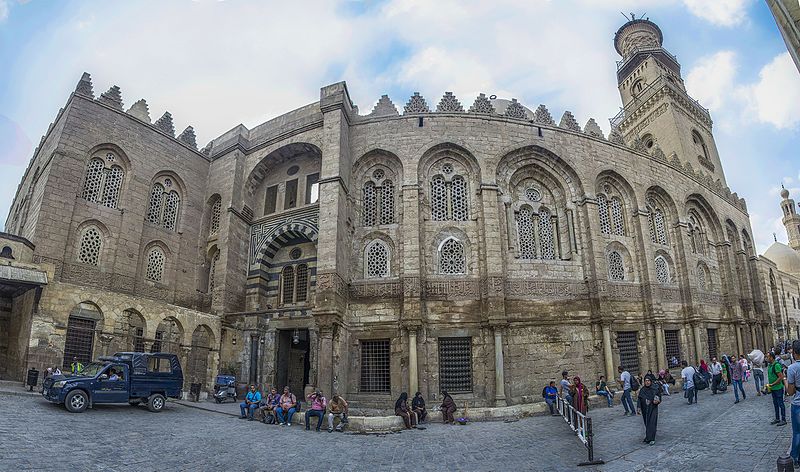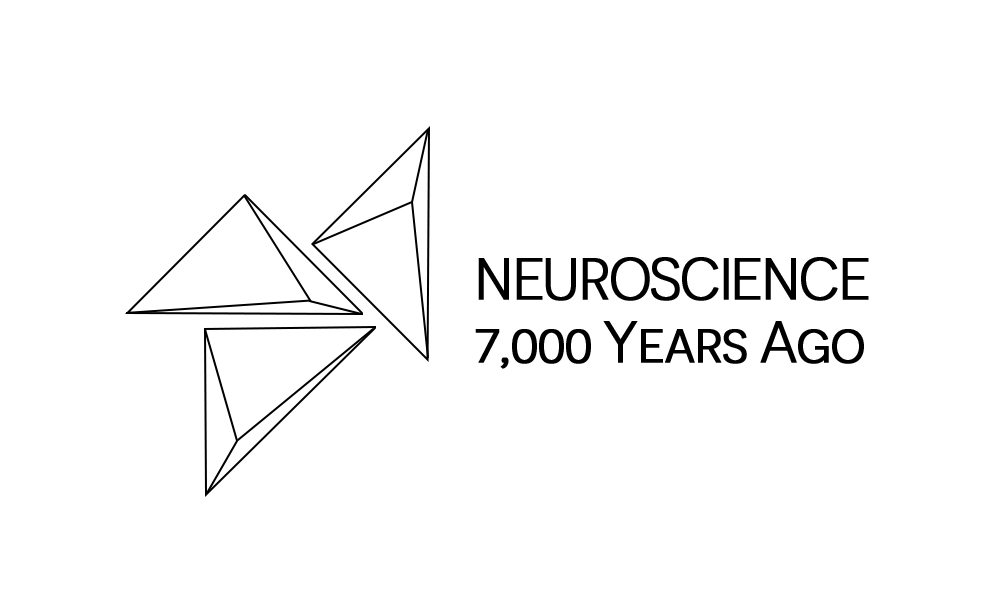
The Golden Age of Neuroscience – Ancient Arab Civilization
During the Dark Ages the medical flame was taken up by the Arabic-Islamic world. The period between the 7th and 13th centuries has been commonly neglected, despite the remarkable developments of biomedical science of the Arabic-Islamic world with the resultant flowering of knowledge that influenced medical practice throughout Europe [1]. The history of any nation is equal to the sum of the history of a few of its distinguished individuals. At every stage in Arabic medical history we can find outstanding people whose greatest contributions and efforts cannot be underestimated [2].
The modern discipline of psychology began in the 19th century. In the pre-modern context, the term ‘psychology’ refers to the study of human mind and behavior, while the term ‘mind‘ refers to human intellect and consciousness. So, it must be made clear that medieval Islamic psychology does not deal with the mind only [3]. Early Arab and Muslim scholars wrote extensively about human psychology.
They used the term Nafs (self or soul) to indicate individual personality and the term fitrah (nature) as an indication for human nature. Nafs is a broad term that includes the qalb (heart), the ruh (spirit), the aql (intellect) and irada (will). Early Muslim scholars had a certain philosophy in their writing that encompassed all areas of human enquiry, i.e. the knowledge of all things, both divine and human [3].
Therefore, Islamic psychology, or Ilm-al Nafsiat (psychological sciences), refers to the study of Nafs (self or psyche) and is related to psychology, psychiatry and neurosciences [4]. Al-ilaj al-nafsy (psychological therapy) in Islamic medicine is simply defined as the study of mental illness and is equal to psychotherapy, as it deals with curing/treatment of ideas, soul and vegetative mind. The psychiatric physician was referred to as al-tabib al-ruhani or tabib al-qalb (spiritual physician) [4].
- Establishing First Mental Associations:
The Islamic and Arabic psychological era includes the establishment of the first mental hospitals, the development of the first clinical approach to mental illness, and a unique experimental approach to the study of the mind [5].
Islamic medicine stressed the need for the understanding of human mental health. The first psychiatric hospitals and insane asylums were built in the Islamic world in Baghdad in 705 A.D., Fes (the third largest city in Morocco) in the 8th century, Cairo in 800 A.D. (Figure 1), Damascus and Aleppo in 1270 A.D. [6].

The most characteristic features of medieval Muslim psychotherapy were the use of clinical observations of mentally ill patients, which resulted in the provision of ground-breaking applications of moral treatment, baths, drug medication, music therapy and occupational therapy [6].
References:
1 Falagas, M.E., Zarkadoulia, E.A., and Samonis, G.: ‘Arab science in the golden age (750–1258 CE) and today’, The FASEB Journal, 2006, 20, (10), pp. 1581-1586
2 Mohamed, W.M.: ‘Arab and Muslim contributions to modern neuroscience’, IBRO History of Neuroscience, 2008, 169, (3), pp. 255
3 Ashy, M.A.: ‘Health and illness from an Islamic perspective’, Journal of Religion and Health, 1999, 38, (3), pp. 241-258
4 Deuraseh, N., and Abu Talib, M.: ‘Mental health in Islamic medical tradition’, The International Medical Journal, 2005, 4, (2), pp. 76-79
5 Khaleefa, O.: ‘Who is the founder of psychophysics and experimental psychology?’, American Journal of Islamic Social Sciences, 1999, 16, (2), pp. 1
6 Syed, I.B.: ‘Islamic Medicine: 1000 years ahead of its times’, Jishim, 2002, 2, pp. 2-9






